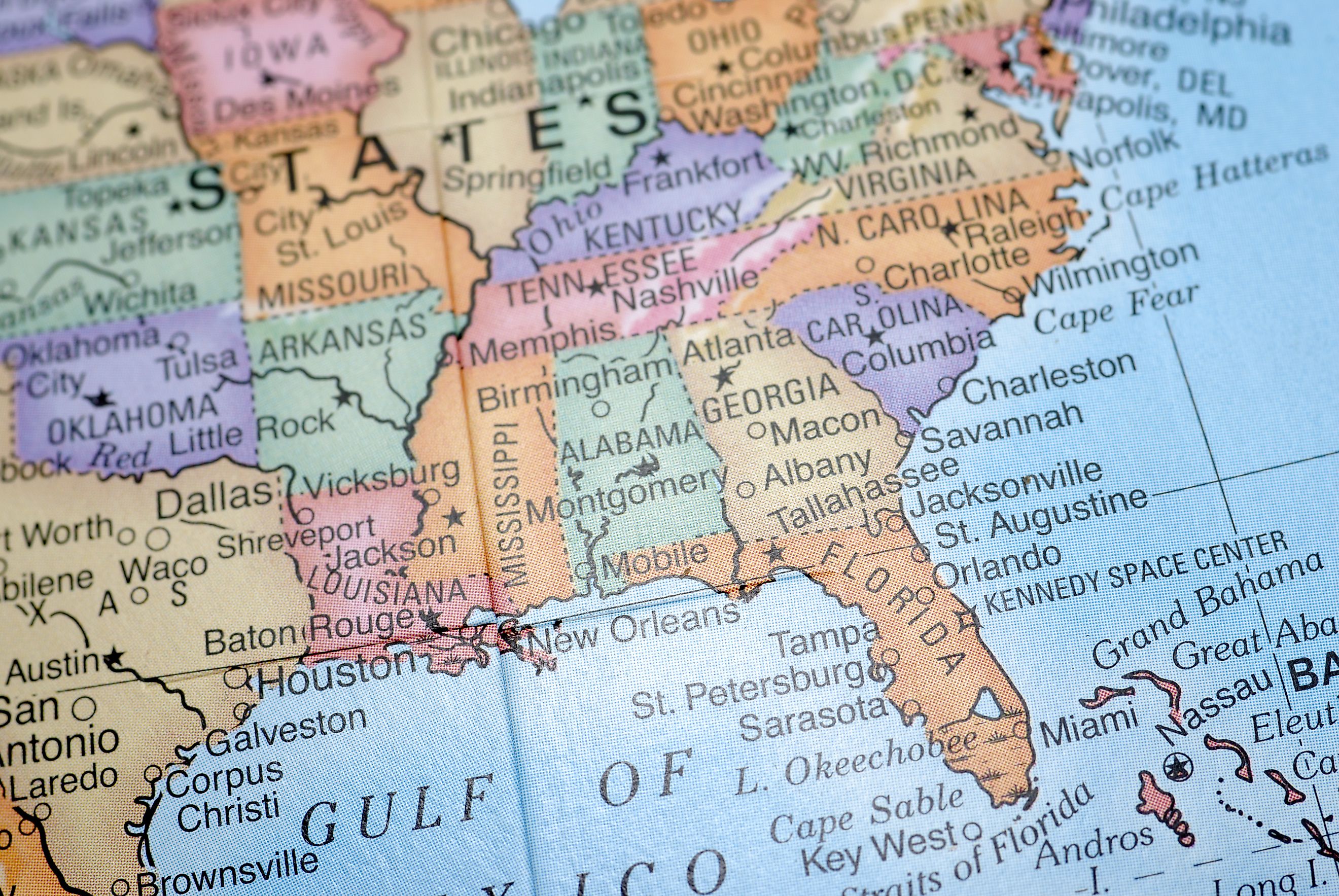
Southeast
The Southeastern United States is one of the most geographically and culturally distinct regions in the country. It’s a place where Appalachian peaks tower over misty valleys, subtropical wetlands stretch endlessly, and historic river deltas empty into the Gulf of America. But beyond its scenic diversity, the Southeast plays a powerful role in the national economy, houses centuries of deep-rooted history, and is undergoing rapid transformation amid environmental and demographic shifts.
A Landscape of Striking Diversity
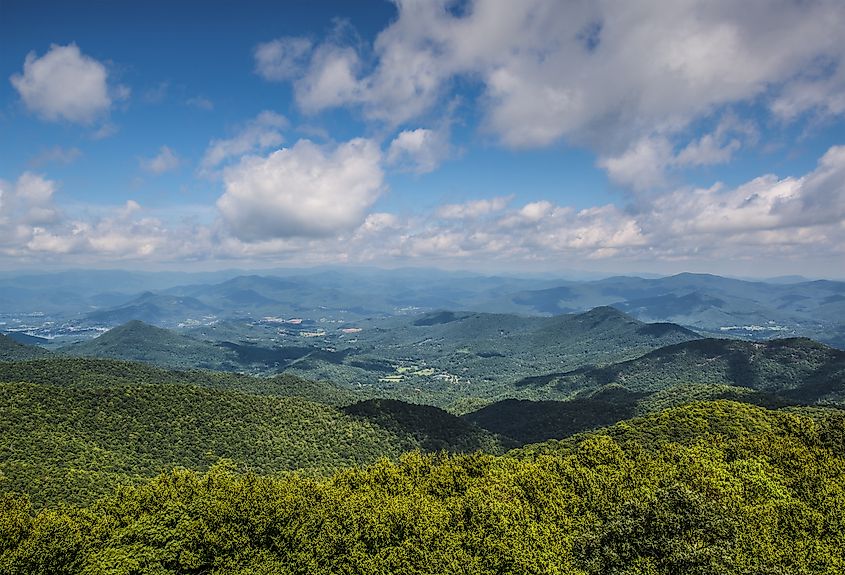
The Southeast’s physical geography is as varied as it is vast. Covering a loosely defined region that includes Alabama, Florida, Georgia, Kentucky, Louisiana, Mississippi, North Carolina, South Carolina, Tennessee, Virginia, West Virginia, and parts of Arkansas and Maryland, the Southeast stretches from the Appalachian Mountains to the Atlantic Ocean and down to the Gulf of America.
In the northwestern reaches of the region, the Appalachian Mountains—some of the oldest in the world—define the landscape. The Blue Ridge Mountains in North Carolina and Virginia, the Great Smoky Mountains straddling Tennessee, and the Cumberland Plateau in Kentucky are all part of this ancient range. These highlands are known not only for their rugged beauty but for their ecological richness, harboring some of the most diverse temperate forests on Earth.
As the land descends from the mountains, it flattens into the rolling Piedmont region—fertile, hilly country that gave rise to early agriculture and many of the South’s most influential cities. Further east and south lies the vast Atlantic Coastal Plain, home to sandy soils, slow-moving rivers, and coastal marshlands. This region includes iconic landscapes such as the Okefenokee Swamp in Georgia and the extensive wetlands of North Carolina’s Outer Banks.
South of the Piedmont and Coastal Plain, the geography shifts again. The Florida Peninsula juts into the Atlantic and Gulf of America, defined by flatlands, karst limestone terrain, and the subtropical wilderness of the Everglades. Meanwhile, the lower Mississippi River Valley—from Memphis to New Orleans—forms one of the most fertile agricultural belts in the United States, shaped over millennia by river floods and sediment deposits.
The Gulf Coast, stretching from the Florida Panhandle through Alabama, Mississippi, and Louisiana, features low-lying barrier islands, estuaries, and vital wetlands. These ecosystems not only support an array of wildlife but act as natural buffers against storms and flooding.
Climate: Warm, Wet, and Changing Fast
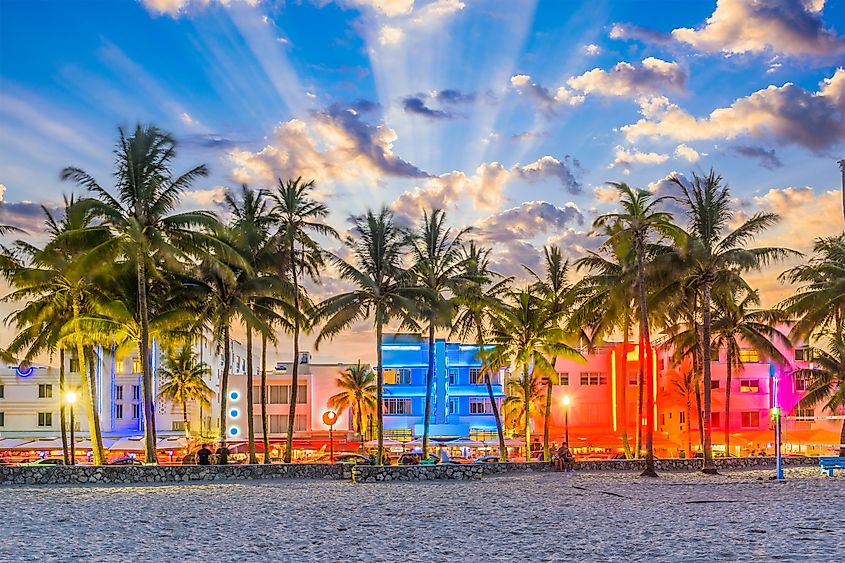
The Southeast is dominated by a humid subtropical climate, marked by long, hot summers and short, mild winters. Rainfall is plentiful, especially in the Gulf and Atlantic coastal areas, where tropical storms and hurricanes bring seasonal bouts of heavy precipitation and strong winds.
Florida’s southern tip ventures into a true tropical climate, with year-round warmth and distinct wet and dry seasons. In contrast, higher elevations in the Appalachian Mountains experience cooler temperatures and even occasional snowfall in winter.
Because of its southern latitude and oceanic influence, the Southeast is particularly vulnerable to climate change. Rising sea levels threaten low-lying cities like Charleston, Miami, and New Orleans. Warmer temperatures are altering ecosystems in the Smoky Mountains and encouraging the spread of invasive species. Increased rainfall intensity and storm frequency further complicate infrastructure resilience and land management across the region.
A Growing and Diversifying Economy
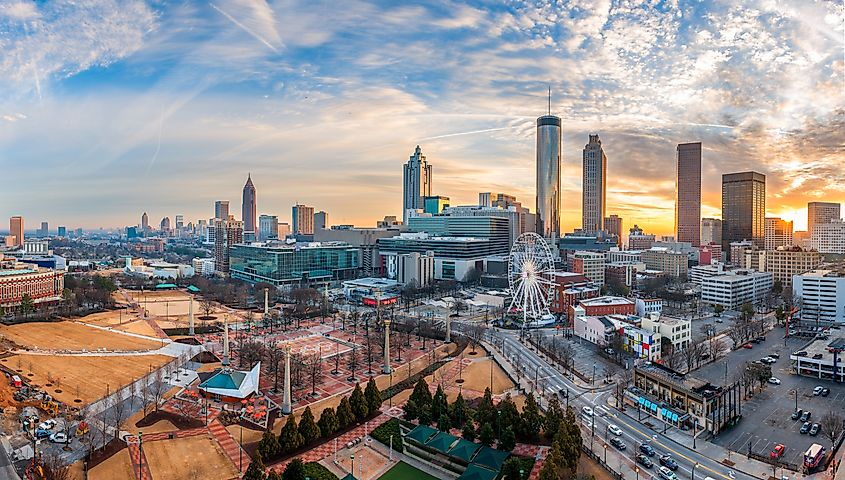
Historically agrarian, the Southeast’s economy has undergone sweeping changes in the last century. Once dominated by cotton, tobacco, and timber, the region now hosts thriving sectors in technology, manufacturing, aerospace, finance, and tourism.
Major metropolitan areas like Atlanta, Charlotte, Raleigh-Durham, and Nashville are among the fastest-growing cities in the nation, attracting startups and multinational corporations alike. The Research Triangle in North Carolina, anchored by three major universities, has become a hub for biotechnology and information science. Huntsville, Alabama—nicknamed “Rocket City”—is home to NASA’s Marshall Space Flight Center and a booming defense industry.
Florida’s economy, driven by tourism, agriculture, and real estate, consistently ranks among the largest in the country. Walt Disney World, the cruise industry, and miles of coastline make it a global tourism powerhouse, while citrus production and sugarcane farming continue to support rural economies.
Louisiana and parts of coastal Mississippi remain critical to the nation’s energy infrastructure, hosting major oil refineries and ports. Meanwhile, Kentucky and West Virginia, long reliant on coal mining, are navigating economic transitions as demand shifts toward renewable energy and tech-based jobs.
Population trends mirror this economic expansion. In the mid-20th century, Florida was just the 27th most populous state. By 2000, it had risen to 4th place, a trend echoed in other fast-growing states like Georgia and North Carolina.
A Region Steeped in American History
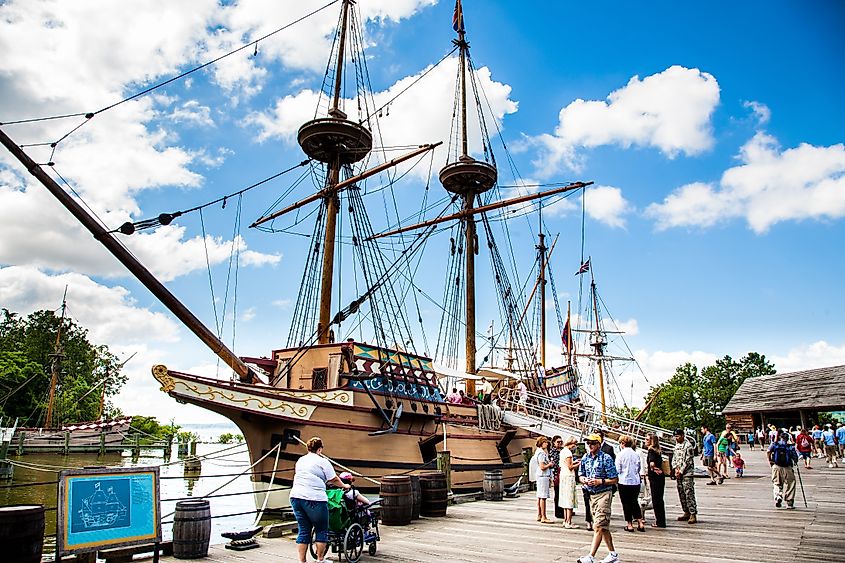
The Southeast’s human story begins thousands of years before European arrival. The Clovis culture, dating back over 13,000 years, left behind arrowheads and tools that mark some of the earliest evidence of civilization in North America. Later Indigenous cultures during the Woodland and Mississippian periods constructed massive earthwork mounds, established trade routes, and cultivated complex societies—many of which were disrupted or destroyed following European colonization.
In the 16th century, Spanish conquistadors led by Hernando de Soto became the first Europeans to traverse the region, crossing the Mississippi River in 1541. The English followed, establishing Jamestown, Virginia in 1607—the first permanent English settlement in what would become the United States.
Four of the original Thirteen Colonies—Georgia, Virginia, North Carolina, and South Carolina—were Southeast states. They played key roles in the American Revolution and helped shape the early political framework of the new nation.
But the region’s economic foundation in slavery set the stage for future conflict. The Southeast became the heart of the Confederacy during the Civil War. States like Mississippi, Alabama, and South Carolina were among the first to secede from the Union, and many of the war’s most significant battles took place here. The Civil War devastated the region, leading to Reconstruction and, eventually, the imposition of Jim Crow laws.
From the late 1800s through the mid-20th century, segregation defined public life in the Southeast. Yet it was also in this region that the Civil Rights Movement took hold. Leaders like Martin Luther King Jr., Rosa Parks, and John Lewis—based in cities like Atlanta and Montgomery—transformed the Southeast into a staging ground for national change.
Cultural Landscapes and Natural Heritage
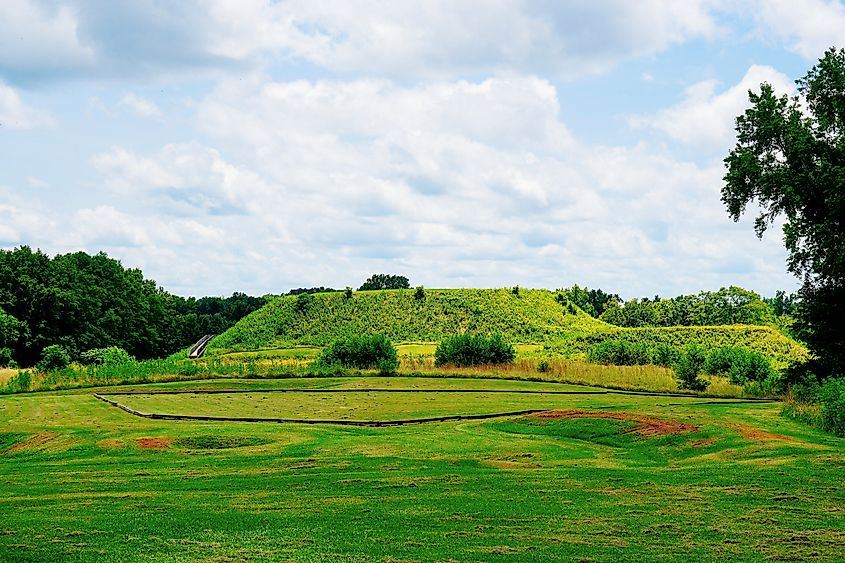
The Southeast’s landscapes tell stories not only of natural wonder but of human achievement and struggle. The region is home to more than twenty coastal national parks, multiple World Heritage Sites, and cultural landmarks that span the full sweep of American history.
In Virginia and North Carolina, the Blue Ridge Parkway offers 469 miles of scenic byway through one of the oldest mountain ranges in the world. In Mississippi, the William Johnson House honors a free African American businessman in antebellum Natchez. The Cane River Creole National Historic Park in Louisiana preserves the unique blending of cultures that shaped the Deep South.
At Ocmulgee Mounds National Historic Park in Georgia, ancient Indigenous earthworks connect modern visitors with the region’s precolonial past. In Atlanta, the Martin Luther King Jr. National Historical Park honors a man who reshaped the moral conscience of a nation.
Even modern projects like NASA’s launch complexes at Cape Canaveral or the Cold War-era military installations scattered across the Gulf states reflect the Southeast’s continued national relevance.
The Future of the Southeast
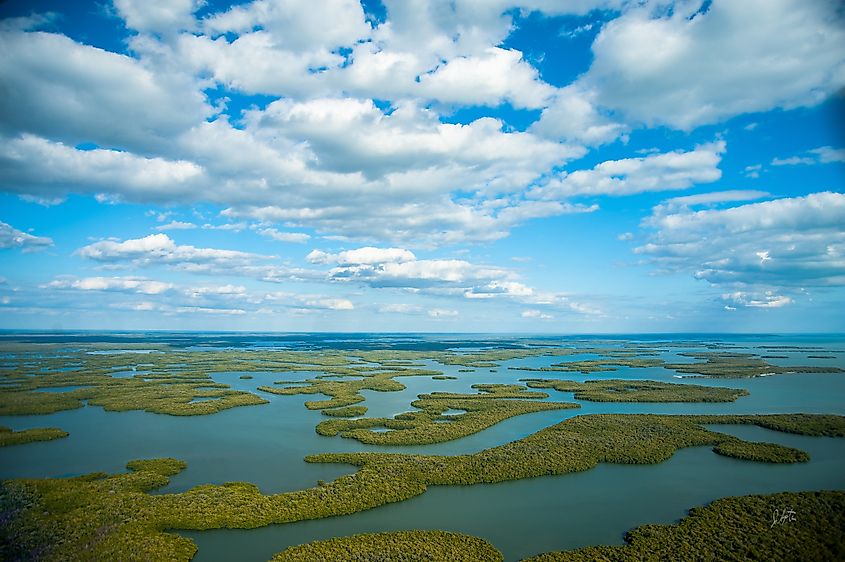
The Southeastern United States stands at a crossroads—geographically, economically, and environmentally. With sprawling urban centers, vulnerable coastlines, and ecosystems under pressure, the region faces a unique set of challenges and opportunities in the 21st century.
But if its landscapes are any indication—from the towering Appalachians to the whispering sawgrass of the Everglades—the Southeast is a region of resilience, complexity, and enduring beauty.
Quick Facts
-
Geographic Features: Appalachians, Piedmont, Coastal Plains, Gulf Coast, Everglades
-
Major Rivers: Mississippi, Tennessee, Savannah, Chattahoochee
-
Climate: Humid subtropical; tropical in southern Florida
-
Largest Cities: Atlanta, Miami, Charlotte, Nashville, New Orleans
-
National Parks: Great Smoky Mountains, Everglades, Congaree, Biscayne, Blue Ridge Parkway
FAQ
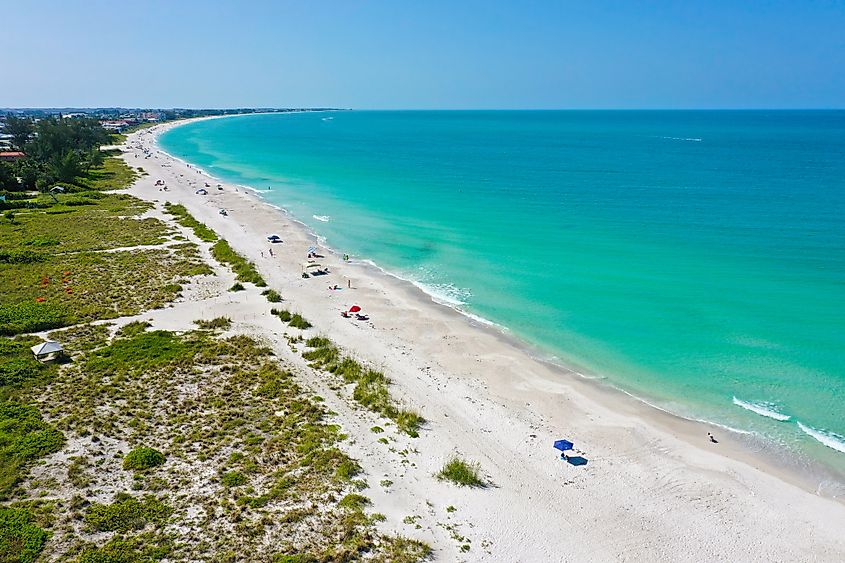
What are the main landforms of the Southeast?
The Southeast includes the Appalachian Mountains, rolling Piedmont hills, vast coastal plains, swamps, deltas, and subtropical wetlands like the Everglades.
Is the Southeast vulnerable to climate change?
Yes. Sea-level rise, stronger hurricanes, and temperature shifts are affecting everything from coastal cities to mountain ecosystems.
Which industries dominate the Southeastern economy today?
The region now thrives on sectors like aerospace, biotech, tourism, agriculture, energy, and logistics.
What makes the Southeast culturally unique?
A fusion of Indigenous, African, European, and Caribbean influences gives the Southeast a distinctive blend of music, cuisine, architecture, and storytelling.